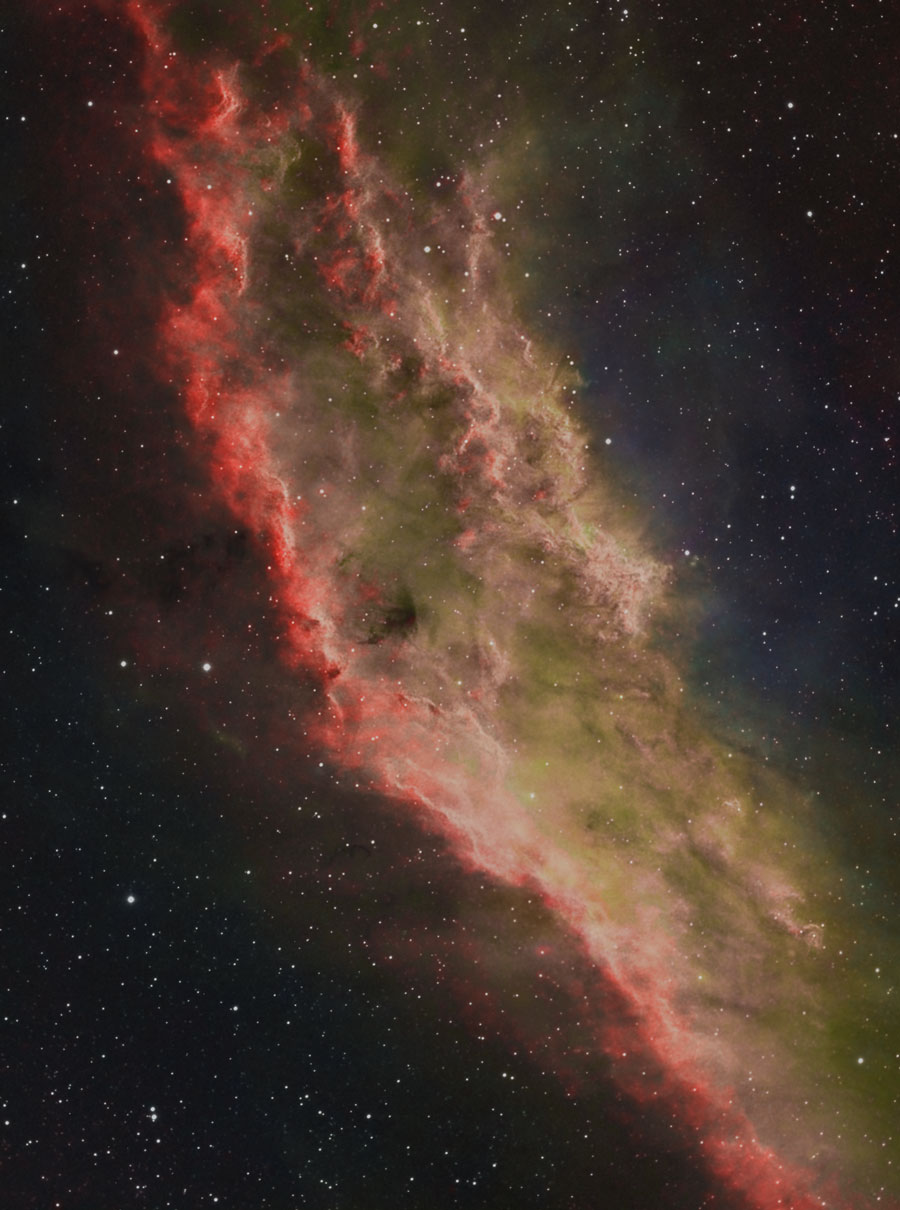
~~~ASTRONOMY PICTURE OF THE DAY~~~ (Updated 11-12-19) [with Comment by PHB]
UPDATE: What Is The Milky Way – A Simple Description & Galactic Facts About Our Home -- https://nightskypix.com/what-is-the-milky-way/
**********************************
NOTE: Astronomers today lack much Truth about the Cosmos, its structure and functioning, and especally concerning The Milky Way Galaxy. This galaxy is not a galaxy at all, but is the Seventh Super Universe, or one-seventh of the entire Cosmos.
According to Creator God Aton, the Cosmos, which encompasses all the celestiral bodies in the Heavens, has a structure like a giant wheel with seven spokes. Each section of the wheel is a Super Universe, of which the seventh one is our so called Milky Way Galaxy.
Each Super Universe is made up of many galaxies, universes, and solar systems. Our planet, Shan, lies within the Apsu Solar System, within the Nebadon Uhniverse within in the Orvanton Super Universe. Astronomers today have difficulty looking out from our little speck called Earth Shan to visualize corretly the immensity and structure of the Cosmos, as evidenced in this article. ---PHB
******************************
Discover the cosmos! Each day a different image or photograph of our fascinating universe is featured, along with a brief explanation written by a professional astronomer.
Credit & Copyright: Markus Noller (Deep Sky Images)
Explanation: What's California doing in space? Drifting through the Orion Arm of the spiral Milky Way Galaxy, this cosmic cloud by chance echoes the outline of California on the west coast of the United States. Our own Sun also lies within the Milky Way's Orion Arm, only about 1,500 light-years from the California Nebula. Also known as NGC 1499, the classic emission nebula is around 100 light-years long. On many images, the most prominent glow of the California Nebula is the red light characteristic of hydrogen atoms recombining with long lost electrons, stripped away (ionized) by energetic starlight. In the above image, however, hydrogen is colored green, while sulfur is mapped to red and oxygen mapped to blue. The star most likely providing the energetic starlight that ionizes much of the nebular gas is the bright, hot, bluish Xi Persei, just outside the right image edge. A regular target for astrophotographers, the California Nebula can be spotted with a wide-field telescope under a dark sky toward the constellation of Perseus, not far from the Pleiades.
Tomorrow's picture: nearside
March 2, 2011
http://apod.nasa.gov/apod/ap110302.html

